
It is from the Diocese of Mombasa that all the 38 Dioceses of the Anglican Church including one military episcopate were established. The Diocese covers the Mombasa, Kwale and part of Kilifi Counties.
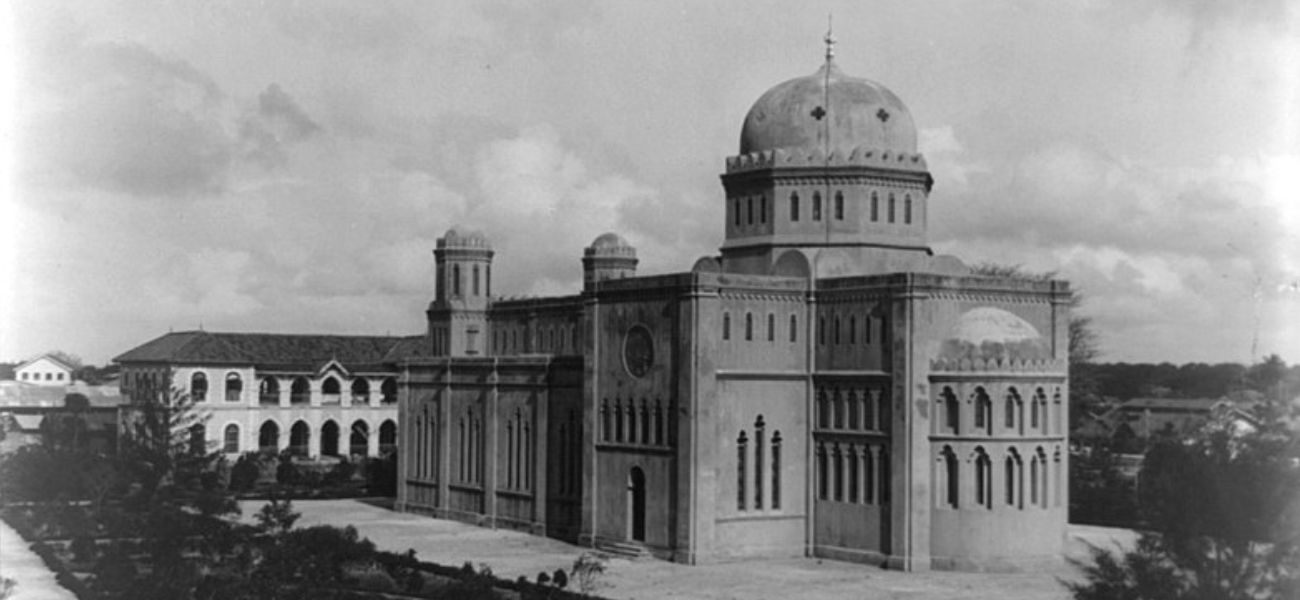
A great part of the history of the Anglican Church in Kenya coincides with the history of the Diocese of Mombasa founded in 1898. This was the starting point of the development of the church in the territory which came to be called Kenya. Previously, the areas had been part of the Diocese of Equatorial Africa and earlier still the coast missions had been under the jurisdiction of the Bishop of Mauritius. From 1898 the Diocese covered part of Tanganyika (German East Africa) and what was then the East African Protectorate, which, up to 1925, included the area called Jubaland, now part of Somalia. When in 1902 the Eastern Province of present-day Uganda was ceded to the Protectorate, the thriving church in Kavirondo remained under the Diocese of Uganda.
This position continued until 1920, when it was decided to define the Dioceses of Mombasa and Uganda according to national boundaries. So at this time the records show a great increase in the number of baptisms, communicants and staff in the Diocese. For purposes of this history we have drawn on memories and records of the church in Nyanza and Western province as an integral part of the history of the ACK. The Tanganyika part of the Diocese separated off in 1927.
Our Mission Statement ( A Transforming Diocese For Holistic)
The Diocese of Mombasa was subject to Canterbury until the formation of the Church of the Province of East Africa in May 1960. There had been earlier proposals for an East African Province but there had been unanimous and informed objections from African Christians. Missionaries expressed surprise at the consistency of the opposition. Just as “Closer Union” proposals for East Africa and the later actual Federation of Central African colonies, threatened to consolidate white power in political terms, so it was feared that a local church, cut off from the wider sympathies of Canterbury, would be dominated by White interests. The Province became acceptable only after the Consecration of four African Bishops, one from Sudan and one from Tanganyika and two from Kenya in Kampala in 1955, and the increasingly confident preparations for political independence in each of the East African countries..
Bishop Reginald Crabbe retired in 1953. The Rt. Rev. LJ, Beecher then became Bishop. It was Bishop Beecher’s practice to memorize the words for receiving confirmation candidates into the church in all local languages and use them according to the name presented to him by the candidate. This must have given great joy and intimacy to the service for the candidate and his close family. Perhaps in contemporary Kenya the name would not be so specifically a guide. In spite of our ethnic tensions, a new synthesis has been achieved. But this says something about the man who was, in 1960, to become the first (and only) Archbishop of the Province of East Africa, comprising the Diocese of Mombasa and the various Dioceses, representing different Anglican traditions, of Tanganyika. At the same time Uganda became a separate province
By 1 May 1957 the Rt. Rev. Obadiah Kariuki in Central and Eastern Kenya and the Rt. Rev. Festo Olang’ in Western Kenya had moved from being Assistant Bishops in the Diocese of Mombasa to being Suffragan Bishops responsible for their own areas.
Even so, the work of the Diocese was too heavy for three Bishops to support it within the given structure. It was decided to reduce the area of the Diocese of Mombasa by creating three new Dioceses; Maseno, Nakuru and Fort Hall. This decision took effect in 1961. Then in 1964, Nairobi, since Bishop Heywood’s time at the headquarters of the Diocese of Mombasa, also separated. The Most Rev. Leonard Beecher, Archbishop of the Province of East Africa, became Bishop of Nairobi, then a much larger Diocese. The former Archdeacon Peter Mwang’ombe was consecrated and installed as Bishop of Mombasa on 12 June 1964. Since the Mombasa Memorial Cathedral and church offices already existed, the transition was smoother than in some other areas. Bishop Mwang’ombe remained in office till his retirement, and acted as Dean of the Province during the archiepiscopal election in 1979. The Rt. Rev. Crispus Nzano became his Bishop Coadjutor in 1980 and succeeded him as Bishop. He continued in office till he retired at the end of 1993.
It is from the Diocese of Mombasa that all the 38 Dioceses of the Anglican Church including one military episcopate were established. The Diocese covers the Mombasa, Kwale and part of Kilifi Counties. It covered the former coast province until 1993 when it was sub-divided into two namely Taita Taveta and Mombasa. In 2015 it was further split into two Malindi and Mombasa.
The Rt. Rev. Julius Kalu was consecrated on 2 January 1994 and became the seventh Bishop of. Mombasa, The Rt. Rev. Lawrance Dena was appointed assistant Bishop. He served until 24th of April 2015 after which he was elected the first Bishop of the newly created Diocese of Malindi
The Rt. Rev. Dr. Alphonse Mwaro Baya, the eighth Bishop, continues to head the Diocese.
The Diocese has a well-defined management and governance structure that promotes sound stewardship and accountability of financial and pastoral ministry
The Dioces is headed by the Bishop. The Diocese is divided into archdeaconries headed by an archdeacon, who is a priest. The archdeaconries are further subdivided Deanery, parishes and Local Churches.
The management of Diocese's day-to-day operations is carried out under the supervision of the Bishop. The Bishop provides oversight to the Diocese through the Vicar General, Registrar and The Administrative secretary. Legal custody of Diocese's property is entrusted to the Church Commissioners of Kenya. The Diocese has an established legal advisory office for all legal related issues
The focus ACKDOM is both rural and urban ministries targeting all persons with different needs but with a simply quest for spiritual nourishment. In urban settings the focus is basically the working class, urban youth and professionals while in the rural the focus targeting low income peasant farmers. ACKDOM has established a strong mission directorate whose purpose is to identify gaps of unreached communities in the spread of Christianity and establishment of new Parishes
We are committed to work with and exist in a community where we encourage fellowship, uphold the family and embrace unity. We believe that it is our responsibility to impact them in a holistic manner. We will stand in solidarity with those who are marginalized in the society.
We are committed to personal integrity and holiness by pursuing Christ-likeness in the ministry. We are committed to teaching and practicing sound Biblical doctrine, pursuing excellence and encouraging servant hood . We are committed to a culture of transparency and accountability to God, His Word, to one another and to the government.
We are committed to facilitating deliberate discipleship and stewardship, encouraging servant leadership in all areas of ministry and advocating for sustained social action. We are called to preaching and teaching the word of God to the lost and to the lost. Our love for God and His calling shall be our driving force. The power and influence of the Holy Spirit is the key agent of transformation. We value, appreciate and recognize the diversity of gifts in the body of Christ.
Servant leaders strengthen the weak and empower those entrusted to their care, and also show compassion towards the disadvantaged and the lost like it is in the bible. By doing so leaders will earn respect from employees, worshippers and the community at large. Servant leadership improves innovative efforts; and individuals develop skills and can advance professionally in a supportive spiritual environment.
We are committed to the Bible that encourages us to hold ourselves responsible and find our Internal motivation so that we can commit our way to the LORD, trust in him, and he will act. As a Diocese we endeavor to Keep our promises and make promises we can keep.
We the ACKDOM submit to a common team for success in the spread of the gospel and the development of mankind. Teamwork is a cornerstone of every successful ministry. It allows team members to depend on each other, share ideas openly, and work collaboratively toward the success of the spread of the gospel.
The ACKDOM believes in the principles of Inclusion to promote equity, access and opportunity rights. The Diocese will be the place where anyone can come and feel welcome, regardless of background, lifestyle, beliefs, gender, sexuality or anything else. The gospel is for everyone and all are invited to meet Jesus at the cross.
ACK is referred to as Church of Order. Wise time management is an exemplary pattern of Christian leadership towards the effectiveness of the work of God by using time as effectively as possible. Planning and avoiding getting trapped in many activities, discipline and priorities are paramount.
While technology does influence and change us over time, technology is a tool that God has given us to be used in ways that honor him and help us love our neighbor. It's true that certain pieces of technology are created for evil and can have an outsized influence on our lives.
The world is moving from the Information Age to an Age of Creativity. Today, we have easy access to an abundance of information and technology including Artificial Intelligence AI that are useful tools in communication and ministry.
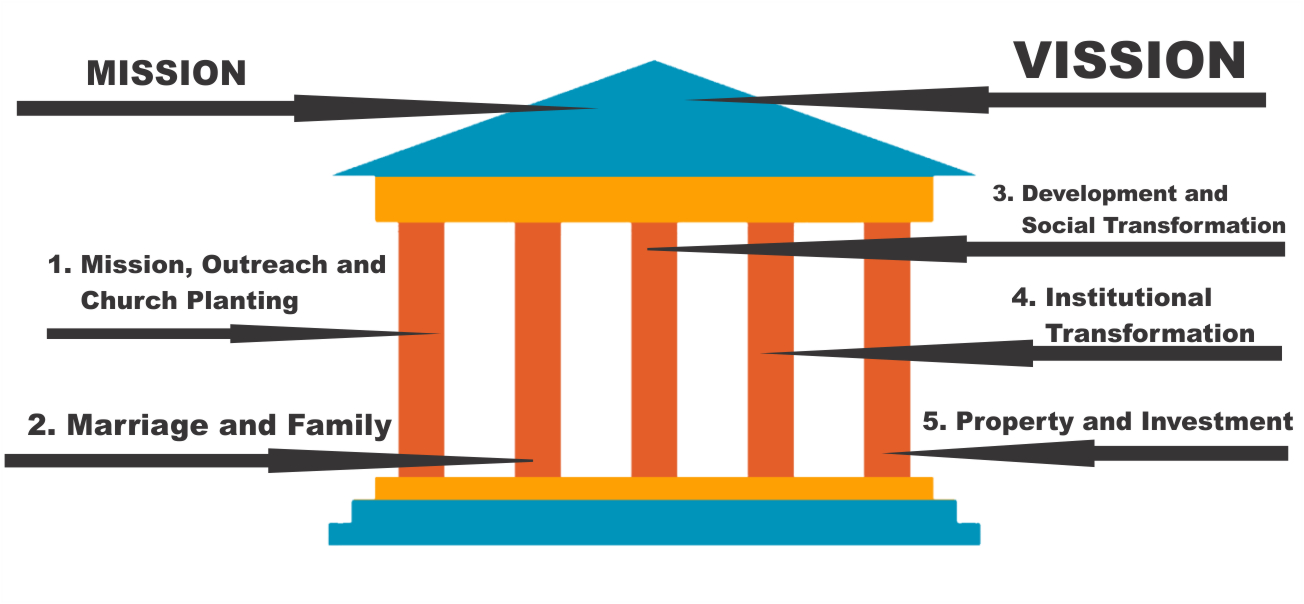
You are warmly invited to join your local Anglican church for worship and community life.
When you come you will notice that common prayer is an important part of how we worship together. Our services draw from a rich tradition of set prayers, either from the Book of Common Prayer, based on 16th century rites, modern Services (2001). Although each community has its own flavour, there are strong commonalities across all local churches.
The Eucharist (also known as the Lord’s Supper or Communion) is a central part of many Sunday services, but many Anglican congregations also meet for morning and evening prayer, and for services throughout the week.
Anglican services also follow a pattern that begins with the gathering of the community, then listening to and reflecting on the Scriptures. The community then brings the needs of the world and the community to God in prayer, and the group partakes in the holy meal of bread and wine, before being sent forth into the mission of daily life
Our services follow the six seasons of the church year (Advent, Christmas, Epiphany, Lent, Easter, and Pentecost) and the lectionary, a set list of Bible readings for the year.
Usually services are held in traditional church buildings, but Anglicans may also meet in nursing homes, school , or community centres.
Regardless of location, Anglican worship is enhanced by the presence of symbols. Often worship spaces will symbols of our two sacraments—an altar or table for the Eucharist and a font for baptism. Anglican churches also may have a cross, the symbol of Christ’s death and resurrection, and candles, which remind us of the light of Christ and the fire of the Holy Spirit.
Church life differs across the country, but often churches will offer programs like Christian education, Bible studies, women’s and men’s groups, grief support groups, arts activities, and social justice action groups
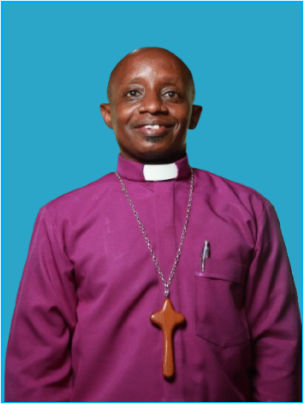
Diocesan Bishop
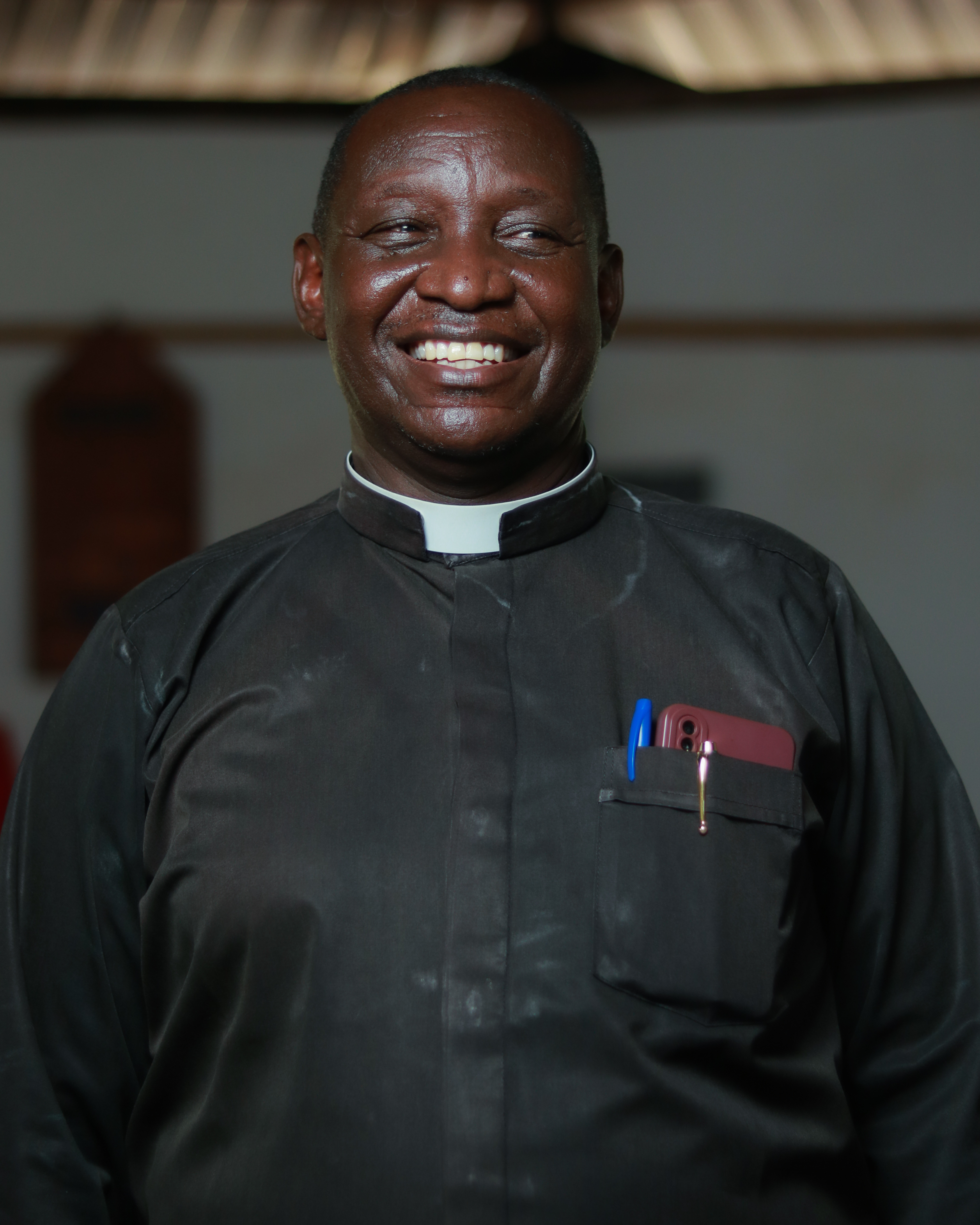
Vicar General
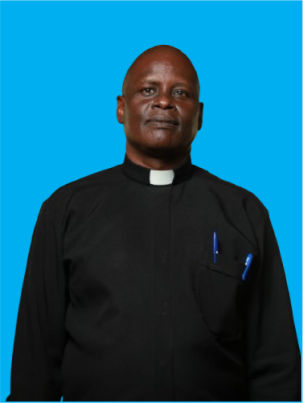
Administrative secretary